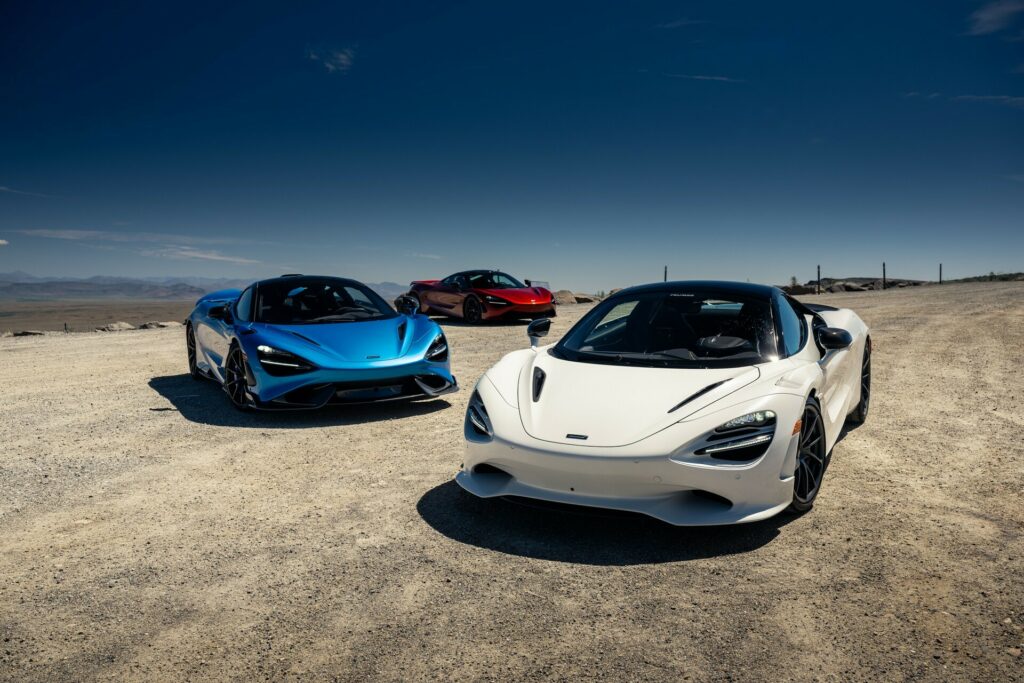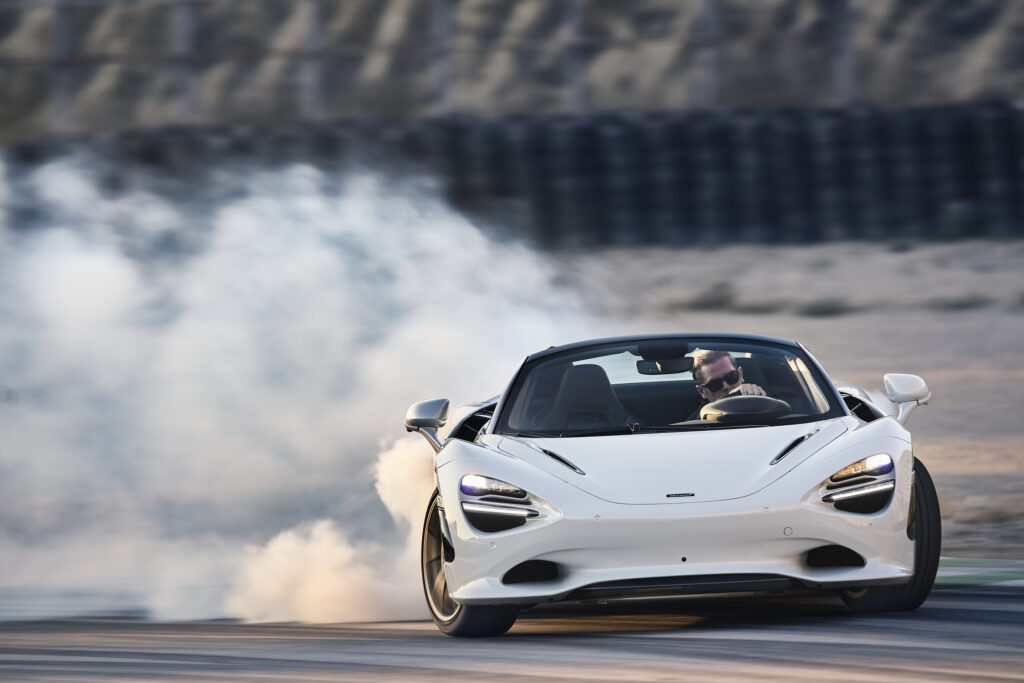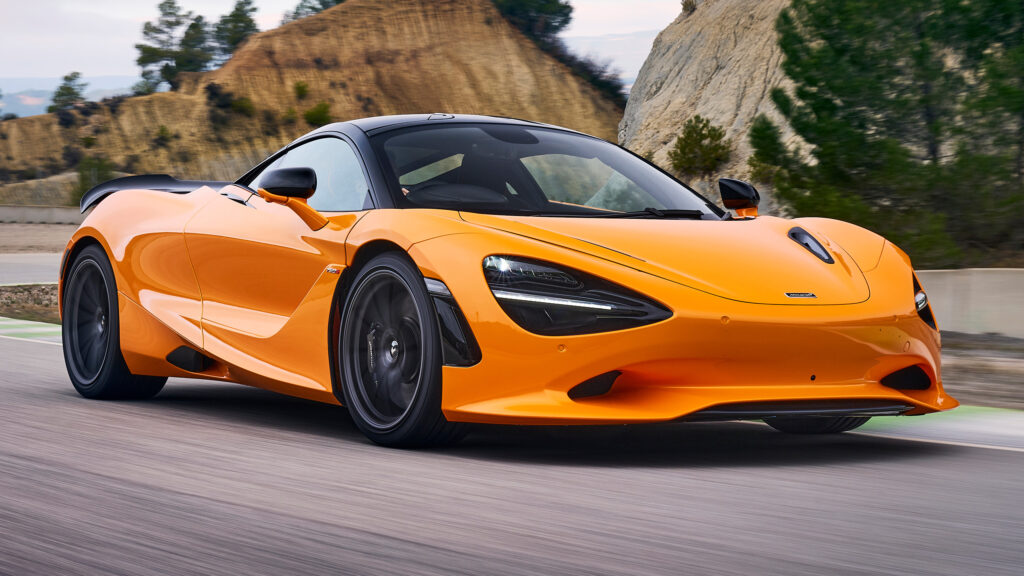McLaren has acknowledged that the 750S will probably be the final supercar it produces with a V8 that doesn’t also have some form of hybridization.
The British car manufacturer recently let journalists have their first taste of the successor to the 720S and it appears to have knocked it out of the park. This comes despite the fact that the 750S looks very similar to its predecessor and has largely the same 4.0-liter twin-turbocharged V8, albeit with some extra ponies. Unfortunately, engines like this won’t be around forever and McLaren chief technology officer Charles Sanderson confirmed the 750S could be the last of its kind.
“I’ll never commit to it formally, but I think it’s likely to be the last non-electrified series-production V8 just around the regulations globally in respect to internal combustion,” he told Car Sales. “We would love to [keep it going] because there’s something special about internal combustion and there’s a market for it. We enjoy it and I think the customers love it.”

Sanderson’s statement about the 750S possibly having the last “non-electrified series-production V8” does leave open the door for a successor to the 765LT. Nevertheless, the end of the road is coming.
Read: McLaren 750S Hits 204 MPH To Celebrate North American Debut
McLaren says that the carbon credits it earns through sales of the hybrid V6-powered Artura have allowed it to offset the penalties of the 750S. As such, it has been able to keep the non-hybrid V8 alive whereas the competition has changed tact. At Ferrari, its ‘mid-range’ supercar, the 296 GTB, has a twin-turbocharged V6 hybrid and the successor to the Lamborghini Huracan will also have a hybrid, most likely a twin-turbocharged V8.
“There’s huge advantages out of hybridization and that’s why we’ve done it with the P1 [hybrid hypercar] 10 years ago and more recently the Artura,” Sanderson added. “The 750S is just a very pure experience of internal combustion and in my opinion one of the best interpretations of it. If not the best. We’re quite clear on exploring every powertrain option, and we’re really trying to find what engages drivers.”




